Wheat pennies have always held a special charm for collectors and history lovers alike. Found tucked away in jars, old drawers, or inherited collections, these copper coins tell a story of America’s past—from economic shifts to wartime scarcity. In recent years, their value has seen fascinating movements shaped by new collectors, digital marketplaces, and changing market demand. This dream guide explores their evolving worth, trends from 2015 to 2025, and the hidden gems every coin hunter dreams of discovering.
Introduction to Wheat Pennies
The Wheat Penny, or the Lincoln Wheat Cent, was minted between 1909 and 1958. Designed by Victor David Brenner, the coin features Abraham Lincoln’s profile on the obverse and two wheat stalks on the reverse—symbolizing agricultural prosperity. The design gave way to the Lincoln Memorial reverse in 1959, but the “wheat back” cent remains a nostalgic favorite.
Made from 95 percent copper and 5 percent tin and zinc, these pennies carry a reddish-brown shine that endures for decades. Beyond aesthetic appeal, they represent an era of craftsmanship and cultural continuity in U.S. coinage.
Evolution of Value Over the Past Decade
While most wheat pennies are worth only slightly more than face value, collector interest over the past ten years has rekindled demand, especially for rare mint marks and error coins. Online auction platforms, grading services, and digital collectors’ forums have driven widespread visibility and enthusiasm, leading to steady appreciation for top-condition coins.
Comparative Value Trends from 2015 to 2025
The following table summarizes how average and rare Wheat Penny values have evolved:
| Year | Common Wheat Penny (Circulated) | Uncirculated/Mint Condition | Rare Varieties (e.g., 1909-S VDB, 1955 Double Die) | Notable Market Trend |
|---|---|---|---|---|
| 2015 | $0.05 – $0.25 | $1 – $3 | $300 – $1,500 | Stable collector activity |
| 2017 | $0.10 – $0.50 | $2 – $5 | $400 – $2,000 | Slight value increase due to growing demand |
| 2019 | $0.15 – $0.60 | $3 – $7 | $500 – $2,500 | Expansion of online collecting communities |
| 2021 | $0.20 – $0.75 | $4 – $10 | $600 – $3,000 | Auction boom and digital market growth |
| 2023 | $0.25 – $1.00 | $5 – $12 | $700 – $3,500 | Surge in interest for graded and certified coins |
| 2025 | $0.30 – $1.50 | $6 – $15 | $800 – $5,000+ | Major resurgence led by younger collectors |
The data reveals that while common circulated wheat pennies have seen modest growth, rare and pristine examples continue to appreciate dramatically, some doubling in value within a decade.
Factors Driving the Value Surge
Several forces have converged to make wheat pennies more appealing to collectors and investors alike.
1. The Rise of Digital Coin Communities
Platforms such as Reddit, CoinTalk, and YouTube have turned what was once a quiet hobby into a mainstream movement. Influencers often showcase rare finds, sparking mass searches and bidding wars.
2. Nostalgia and Cultural Heritage
For Americans, Lincoln Cents evoke deep nostalgia, linking present generations to the early 20th century—a time of both industrial expansion and wartime resilience.
3. Increased Rarity Awareness
Modern collectors are far more educated about mint marks, double dies, and anomalies. Coins like the 1955 Double Die have become icons, elevating awareness for minting errors and rarity-based pricing.
4. Inflation and Economic Instability
As fiat currencies show volatility, tangible collectibles—including coins, stamps, and vintage metals—are perceived as safe-haven assets. High-quality pennies offer both affordability and long-term upside.
5. Family Discoveries
Inherited collections often introduce new hobbyists into the field. With a single coin sometimes worth thousands, more people are opening their old jars of change and checking for historical treasures.
Iconic Wheat Pennies to Look For
Certain wheat pennies stand out for their scarcity, charm, and story. Here are the dream coins every collector seeks:
| Year | Mint Mark | Description | Estimated Value (2025) | Notable Fact |
|---|---|---|---|---|
| 1909-S VDB | San Francisco | First year with designer initials; low mintage | $1,000 – $5,000+ | Only 484,000 minted |
| 1914-D | Denver | Difficult to find in fine condition | $200 – $2,500 | Frequently counterfeited |
| 1922 No D | Denver | Minting error missing the “D” mark | $500 – $3,000 | Highly prized error coin |
| 1931-S | San Francisco | Last low mintage of the series | $100 – $600 | Increasing in collector demand |
| 1955 Double Die | Philadelphia | Strong doubling on the obverse | $1,000 – $10,000+ | Most famous error penny |
These coins not only fetch top dollars but also tell stories of minting quirks and early American design values.
Understanding Condition and Grading
The condition of a penny greatly influences its worth. Professional grading agencies like PCGS (Professional Coin Grading Service) and NGC (Numismatic Guaranty Company) provide standardized grading scales based on lustre, wear, and damage.
Basic Grading Terms:
-
Good (G-4): Heavy wear but clear date and design.
-
Fine (F-12): Moderate details visible; worn high points.
-
Extremely Fine (EF-40): Light wear, distinct lines, good definition.
-
About Uncirculated (AU-50): Slight wear, with most detail intact.
-
Uncirculated (MS-60 to MS-70): No wear, full mint luster intact.
Collectors generally pay exponentially higher prices for coins graded MS-65 or higher. Even small blemishes or tiny scratches can have a dramatic effect on overall valuation.
Modern Collecting: The Digital Revolution
Technology has changed the face of numismatics profoundly. In the past, physical coin shows and dealer meetups dominated the space. Today, the Internet has democratized access. Platforms like eBay, Heritage Auctions, and Stack’s Bowers host thousands of live auctions annually, where even beginner collectors can bid on significant items.
Mobile apps such as CoinSnap and PCGS Photograde now let hobbyists identify issues and grade coins with stunning accuracy. Artificial intelligence is also being integrated to detect authenticity and surface wear, preventing counterfeit trading.
The Psychological Aspect of Coin Collecting
Collecting wheat pennies isn’t purely financial—it’s emotional. Enthusiasts describe the experience as part treasure hunt, part historical exploration. Each discovery brings the satisfaction of connecting with America’s cultural roots. In an age dominated by the digital and ephemeral, these well-worn copper cents provide tactile proof of history’s continuity.
Moreover, the intergenerational nature of coin collecting—grandparents passing down boxes of coins to grandchildren—keeps emotional and educational threads alive. Many collectors say their fascination began after finding a 1940s Lincoln cent in a relative’s drawer.
Avoiding Common Mistakes
While enthusiasm is wonderful, new collectors often make mistakes that diminish coin value or collection integrity.
Don’t Clean Your Coins
Cleaning removes the original patina and can leave microscopic scratches that devalue coins severely. Always preserve natural coloration.
Be Wary of Fakes
Counterfeits are common, particularly for wheat pennies from rare mint years. Verify authenticity through certified grading services.
Avoid Poor Storage
Humidity and acidic containers can corrode copper. It’s recommended to store pennies in PVC-free holders or coin flips.
Don’t Overpay Without Research
Comparing recent sales from trusted auction records helps ensure fair pricing.
Beyond Pennies: The Broader Coin Market Context
The value of wheat pennies doesn’t exist in isolation. The entire collectible coin market has benefited from broader economic trends. According to data from major auction houses, U.S. coin sales exceeded $600 million in 2024, marking a 20 percent year-over-year rise. Graded coins in mint-state conditions often outperform gold and silver investments in annual appreciation.
Moreover, the younger generation’s renewed interest in physical collectibles—fueled by YouTube channels and coin discovery TikToks—has broadened the market demographics. Millennials and Gen Z collectors now account for over 40 percent of online coin purchases, reshaping the future of numismatics.
How to Check the Value of Your Wheat Pennies
Getting started in evaluating your own coins requires only a few simple steps:
-
Examine the Date and Mint Mark: Use a magnifying glass to check under the date for small letters like “D” (Denver) or “S” (San Francisco).
-
Inspect for Errors: Look for doubled lettering, off-center strikes, or missing details.
-
Evaluate Condition: Compare your coin’s detail to grading reference charts.
-
Use Price Guides: Reputable sites like PCGS.com or NGC.com list up-to-date market values.
-
Seek Professional Verification: For rare-looking coins, professional certification pays off.
The Symbolic and Emotional Value
Even though most wheat pennies won’t yield life-changing profits, their emotional and educational worth is undeniable. Each coin carries traces of time—perhaps passed through the hands of soldiers, factory workers, or schoolchildren from nearly a century ago. Collectors often say that holding a wheat penny is like touching history, a feeling unmatched by modern coins.
In classrooms, teachers use these coins to introduce lessons in history, economic inflation, and even metallurgy. Their accessible price and historical richness make them ideal teaching tools.
The Future of Wheat Penny Collecting
As the 21st century progresses, the wheat penny’s appeal shows no sign of fading. Experts predict steady appreciation, especially for well-preserved 1909–1930 specimens. The growth of fractional ownership platforms—in which investors purchase partial stakes in rare coins—could also make top-tier collectibles more accessible.
By 2030, numismatists expect artificial intelligence grading systems to dominate the marketplace, ensuring authenticity and consistent values across global exchanges. Combined with blockchain certification, transparency and traceability may soon eliminate counterfeiting altogether.
In short, the wheat penny is evolving from a nostalgic coin into a recognized micro-investment—part history lesson, part financial asset.
Key Takeaways at a Glance
| Category | Key Insight |
|---|---|
| Average Circulated Value | $0.30 – $1.50 (as of 2025) |
| Uncirculated Range | $6 – $15 depending on grade |
| Rare Varieties | $800 – $5,000+ |
| Most Valuable Year | 1955 Double Die |
| Fastest Growing Collector Base | Ages 20–35 |
| Best Preservation Method | PVC-free airtight holder |
Final Thoughts: Copper Gold in Your Pocket
What makes the wheat penny so beloved isn’t just its potential for value—it’s its legacy. Every dent, tone, and faded wheat stalk embodies fragments of American resilience and ingenuity. Whether you collect for profit, nostalgia, or curiosity, these small copper disks hold immense meaning.
The past decade has proven that interest in wheat pennies continues to grow, driven by accessibility, education, and emotional appeal. And who knows—one day, a coin in your pocket might be worth far more than spare change. The next time you come across a Lincoln Wheat Cent, take a closer look. It might not just be a penny—it could be a piece of history and a dream worth holding onto.

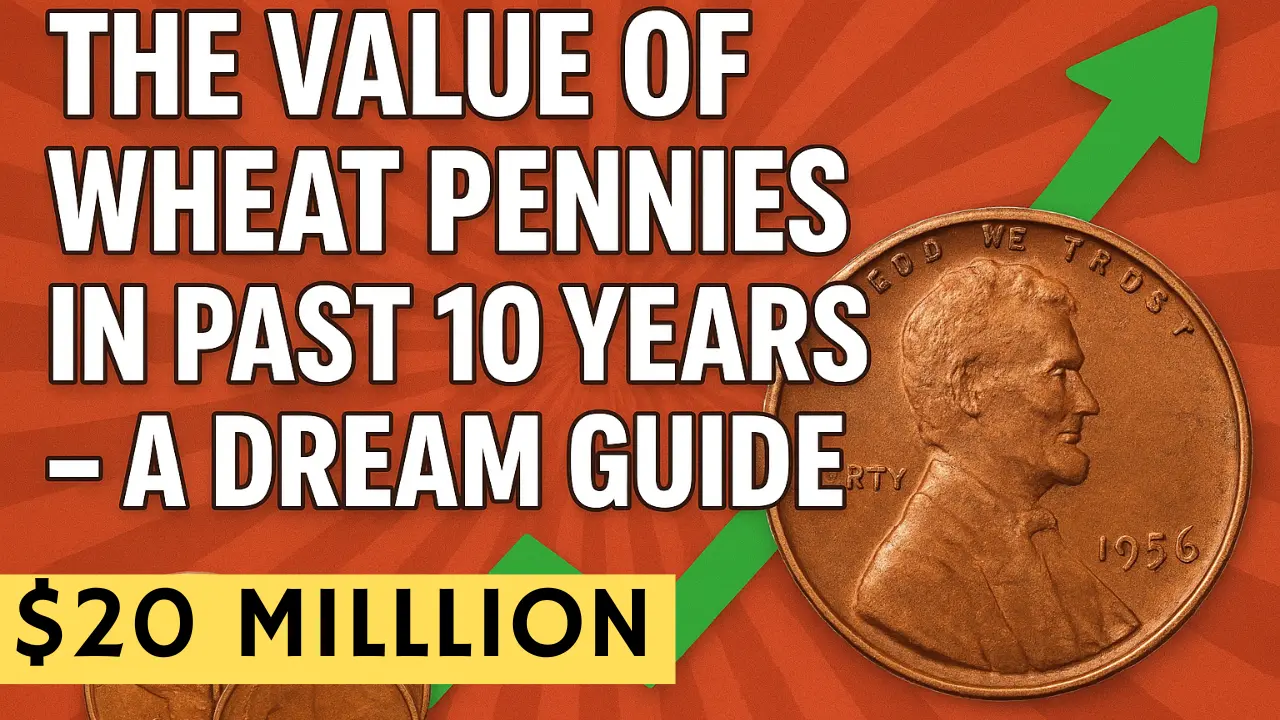
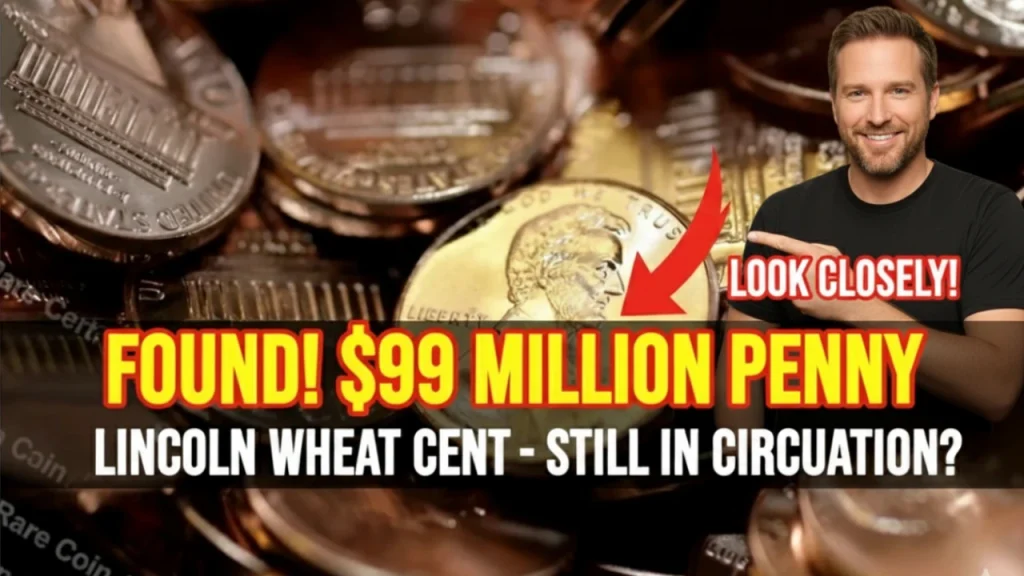




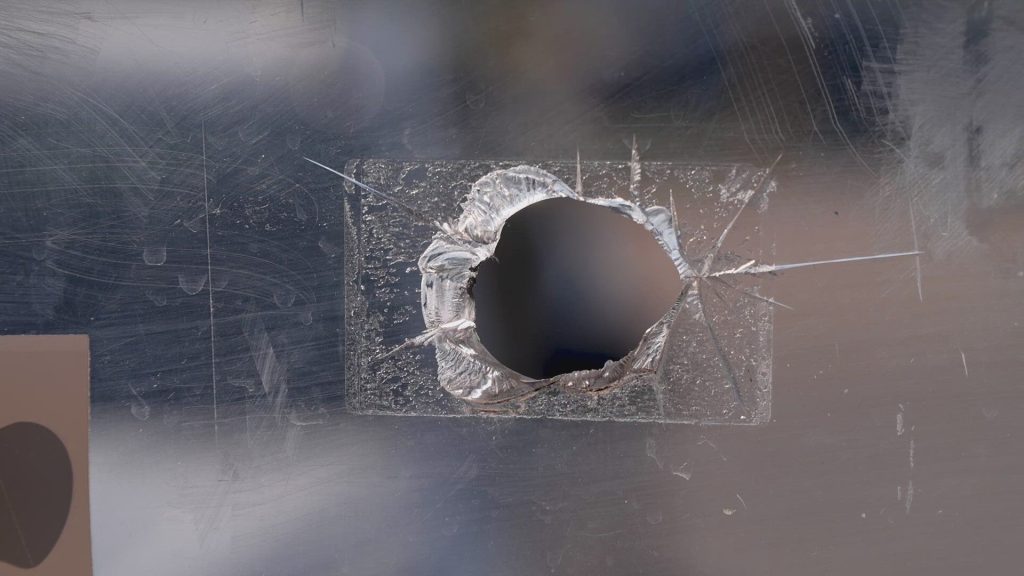
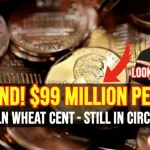
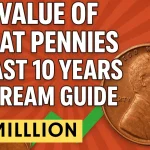


Leave a Comment